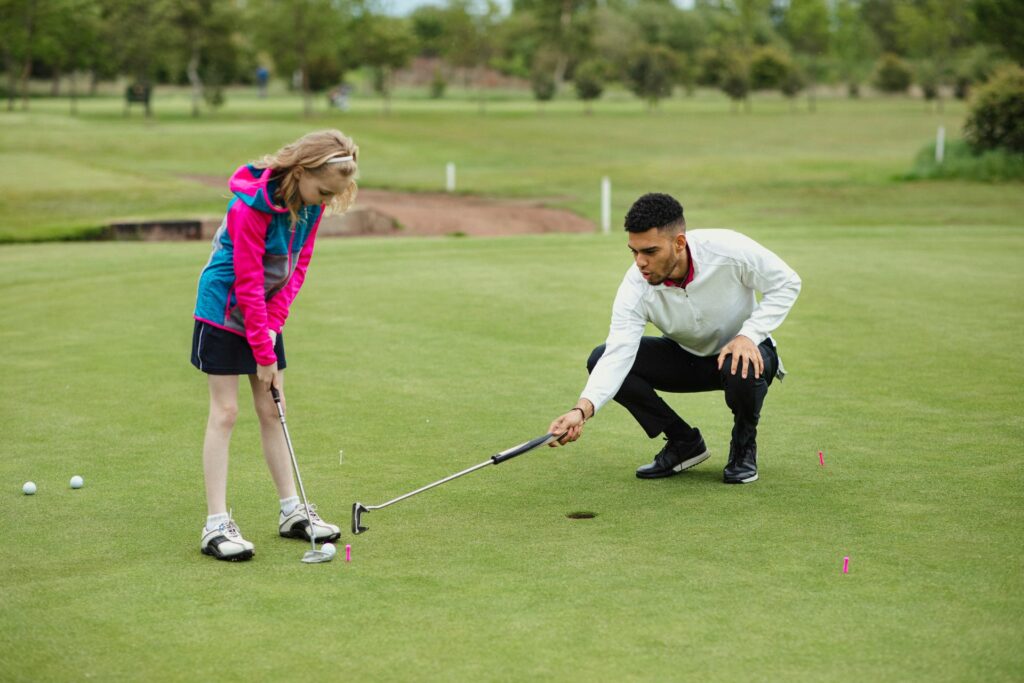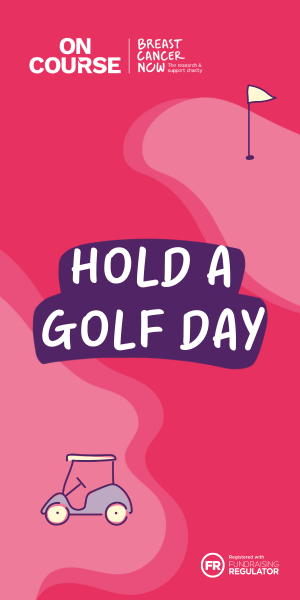Does keeping women in golf start with better coaching for girls? Charlotte explores whether coaching should be adapted based on sex.
I got an email this week from The Well HQ, explaining that they’d been working with CIMSPA (the Chartered Institute for the Management of Sport and Physical Activity) on its new standards for coaching females in sport.
Put simply, the aim is for all sports coaches to be better qualified to teach and work with women and girls; education and qualifications will be mapped around better information, better science and better ways of working that are hyper-relevant to the female mind, body and experience.
And that got me thinking: Should boys and girls be taught golf in the same way, or should the game’s coaching style be adjusted based on sex?
I use the term sex – as opposed to gender – to refer to the biological differences between males and females. Of course, I understand there are exceptions. And, in fact, comprehensive reviews of research on this suggest that some differences can be explained by nurture, not nature.
But … there’s no denying there are some significant differences between males and females that coaches should consider.
And I do wonder whether, especially at a grassroots level, if we had better coaching for girls, would we keep more women in golf?
The difference between coaching males and females
It isn’t just because of physical differences, like muscle mass and hip flexibility, for instance, that I think the approach to coaching males should be different to the way we coach women.
There are significant psychological and emotional differences that need to be taken into account too.
Why? Because it’s been scientifically proven that memory recall, communication, conflict management, and the way we handle stress differ between males and females. Even motivations, responses to feedback or criticism, and skill acquisition vary.
For example, studies have shown that males often benefit from having the chance to try something first without thinking too much about skill or tactic. On the other hand, females tend to work on the skill components of a task immediately after a demonstration by a coach.
And then there’s the menstrual cycle to consider. There is an optimal way to train, fuel and play depending on the stage of your cycle, and there are different considerations for women going through menopause. Women and girls, let alone coaches, are woefully educated about our menstrual cycles and the impact of hormones on our sporting performance. Understanding how we can work with our bodies rather than against them could go a long way in making more women and girls comfortable in sport. That really starts with breaking the taboo around periods, but fundamentally, it’s about education.
Is it time to re-teach the teachers?
So, is it time to shake up the way we coach golfers?
Not necessarily.
But I think we seriously need to shift our way of thinking.
At its foundations, the golf swing is (more or less) the same for everyone; men, women, boys, and girls. And a good coach will get good results.
But there are vast – and proven – differences between the sexes. And that is important to consider.
Ultimately, I think what it all comes down to is no longer using males as the default golfer. Instead, it’s about being armed with science-backed information about how to optimise performance for both males and females, based on the physical, psychological and emotional differences between them.
Because developing a better understanding of those differences won’t only help people play better golf. It will help them enjoy it more too. And that can only be a good thing for participation and the future of the game.
Are you a PGA Professional? Do you adjust your coaching style based on whether you’re teaching a male or female? I’d love to hear from you! Email [email protected]















